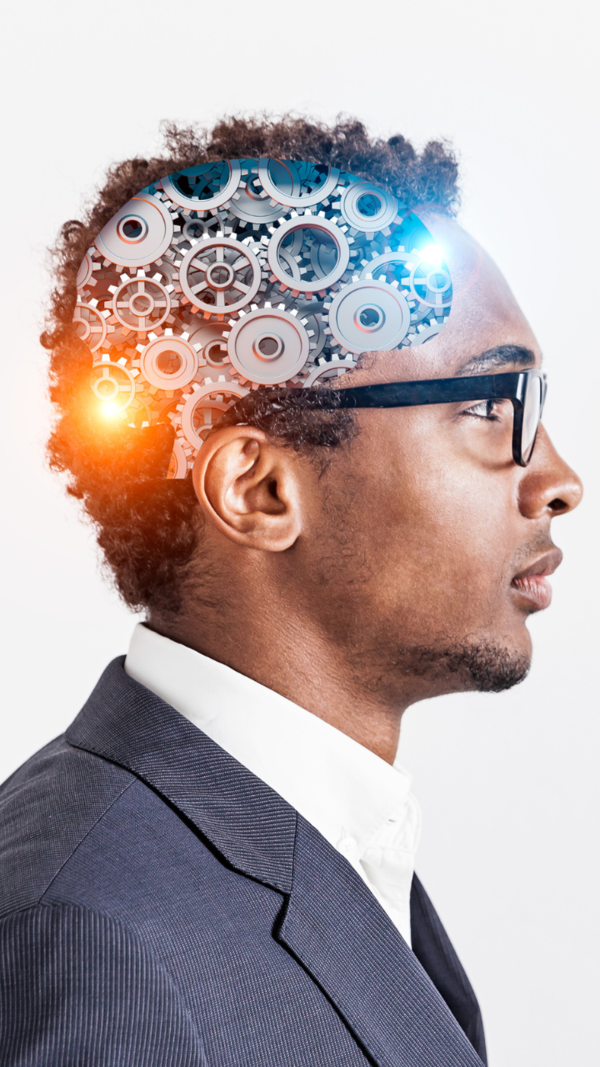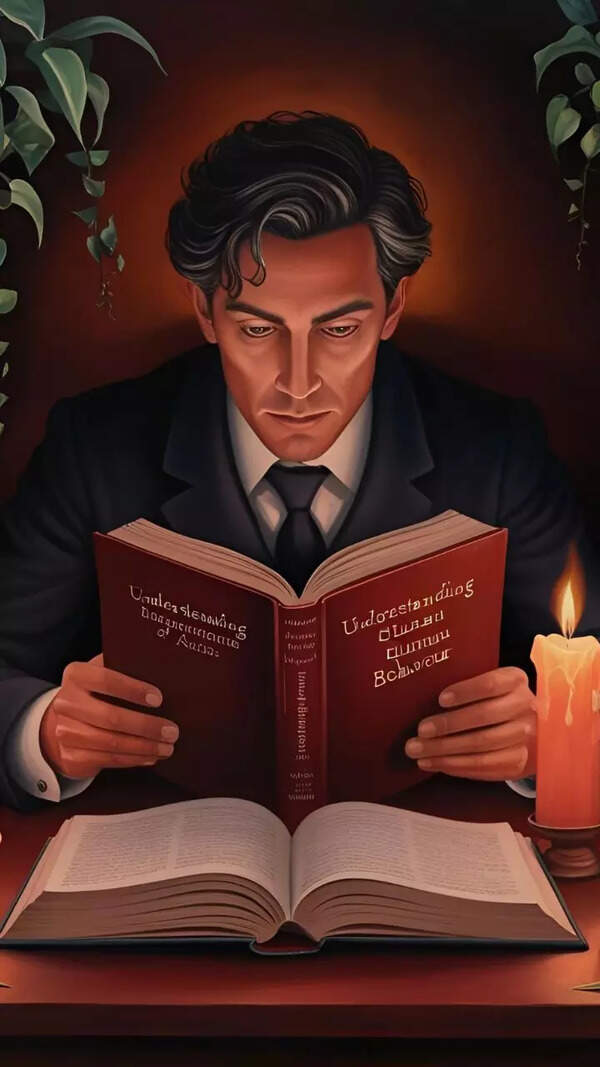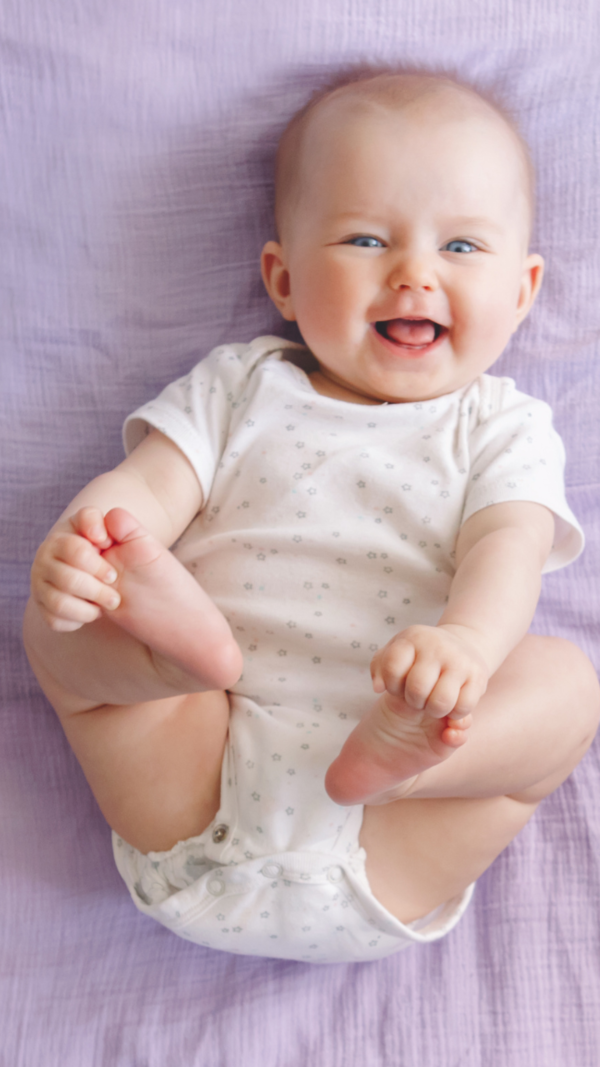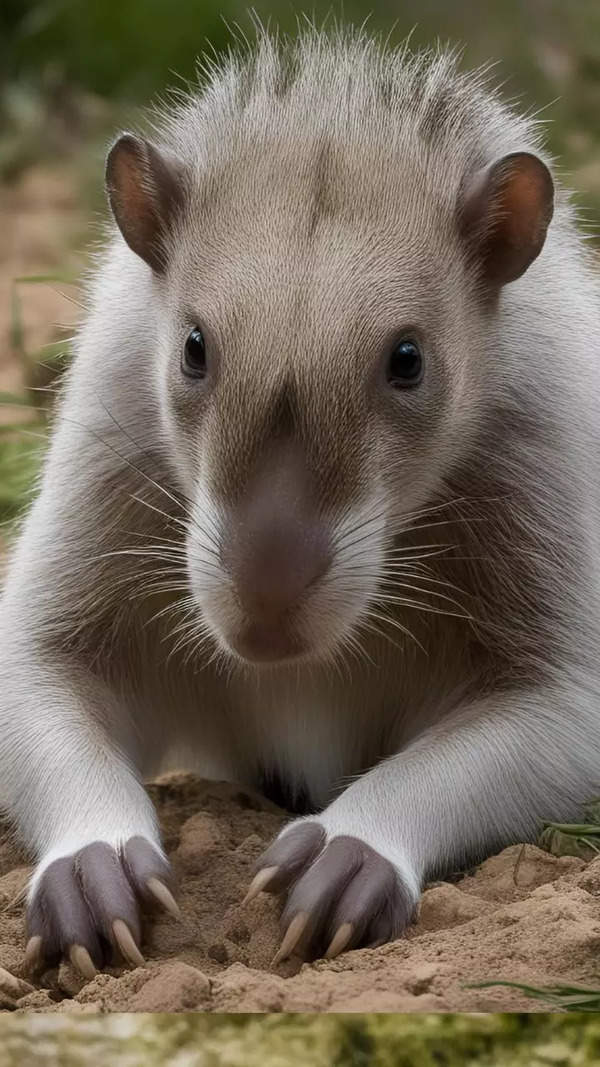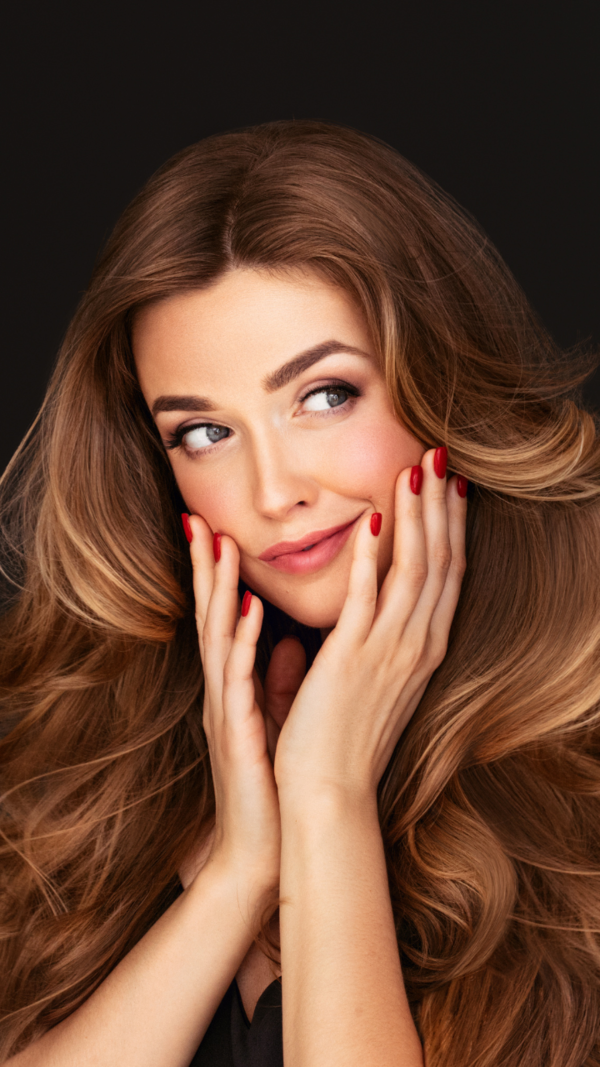- News
- lifestyle
- health-fitness
- health-news
- Why some people enjoy pulling their eyelashes and what it reveals about them
Trending
Why some people enjoy pulling their eyelashes and what it reveals about them
Trichotillomania, a mental health condition, involves a strong urge to pull hair, often stemming from anxiety or compulsive thoughts. This behavior, typically beginning in adolescence, can lead to hair loss and emotional distress. Cognitive-behavioral therapy and medication are recommended treatments to manage the condition and replace hair-pulling with healthier coping mechanisms.
This might sound bizarre to some people, but relatable to others. The habit of pulling eyelashes or eyebrows can give a deep insight into someone's psyche. More often than not, the urge to pull hair stems from anxiety, depression, or compulsive negative thoughts. The act of plucking eyelashes, despite being painful, may bring a sense of satisfaction or temporary relief that encourages its repetition. What exactly drives this impulse or behaviour? There might be a psychological explanation.
The root cause
The hair pulling disorder typically begins between 9-13 years and may last for lifetime if not treated. Boredom, anxiousness, stress, conflict and other such uncomfortable emotions can trigger it. The act of pulling hair is preceded by an intense or forceful desire of plucking, followed by a sense of relief. Trichotillomania falls into the spectrum of Obsessive-Compulsive and related disorders.

Causes of Trichotillomania
Not all people suffer from exactly the same intensity of symptoms. For some, it may be mild and can be managed. While for others, the automatic or deliberate urge to pull out hair is too much to handle emotionally.
Its consequences
Many people experience intense shame, guilt, or embarrassment, which can impact self-esteem and lead to social withdrawal.
How to fix
Medications can be given which can relieve depression and obsessive-compulsive feelings.
End of Article
Follow Us On Social Media
Visual Stories
Tired of too many ads?go ad free now



